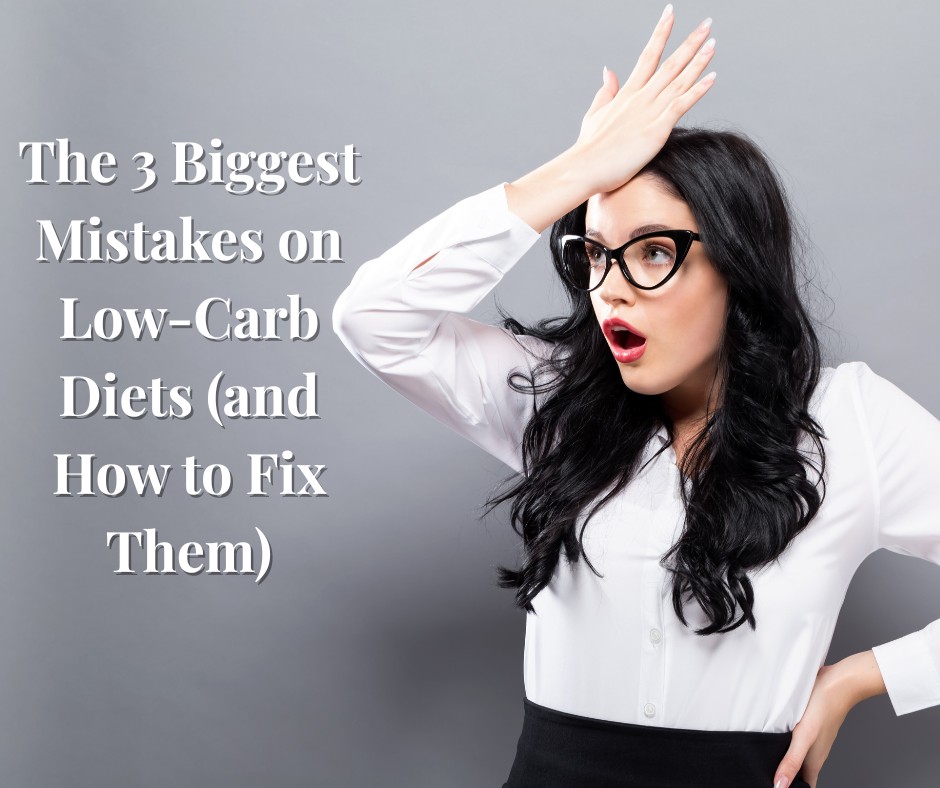
I see it all the time…Women hit a wall in perimenopause or menopause and decide to try a low-carb diet — hoping for more energy, fewer symptoms, and maybe a few pounds gone.
But what happens?
They feel worse.
Tired. Frustrated.
And they start to wonder… “What’s wrong with me?”
Tired. Frustrated.
And they start to wonder… “What’s wrong with me?”
I want to tell you this — it’s not you.
Low-carb can be a powerful tool, but only if it’s done the right way.
Low-carb can be a powerful tool, but only if it’s done the right way.
Let’s break down the 3 biggest mistakes I see women make with low-carb — and how to fix them, so your body can actually thrive.
1. You’re Eating Too Little (Especially Protein)
Here’s the trap:
You cut carbs…and end up cutting everything else too.
Your calories tank. Your meals shrink.
And suddenly your body thinks it's in a famine.
You cut carbs…and end up cutting everything else too.
Your calories tank. Your meals shrink.
And suddenly your body thinks it's in a famine.
🔥 But especially during midlife, your body needs:
- Enough calories to support hormone production
- Enough protein to preserve muscle and stabilize blood sugar
Fix it:
Make protein the priority.
Aim for 25–30g of protein at each meal — think eggs, lean meats, Greek yogurt, protein smoothies, or collagen.
Make protein the priority.
Aim for 25–30g of protein at each meal — think eggs, lean meats, Greek yogurt, protein smoothies, or collagen.
👉 Low-carb doesn’t mean low-nourishment.
2. You Go Too Low, Too Fast — Without Managing Stress
Carbs affect cortisol.
And cortisol affects…pretty much everything else in your body — including belly fat, sleep, anxiety, and insulin sensitivity.
And cortisol affects…pretty much everything else in your body — including belly fat, sleep, anxiety, and insulin sensitivity.
When we suddenly drop carbs in an already stressed body, cortisol often spikes.
And that can backfire fast.
And that can backfire fast.
Fix it:
Take a gentle approach.
Start by reducing refined carbs, not whole foods.
Support your nervous system with movement, rest, and mindful practices.
Try protein + fiber first at meals to slow glucose spikes.
Take a gentle approach.
Start by reducing refined carbs, not whole foods.
Support your nervous system with movement, rest, and mindful practices.
Try protein + fiber first at meals to slow glucose spikes.
💡 Remember: Your nervous system is part of your hormone health.
3. You Forget to Add Fiber + Healthy Fats
Low-carb should still be whole-food focused.
But many low-carb diets end up high in meat and low in the fiber your gut (and hormones) need.
But many low-carb diets end up high in meat and low in the fiber your gut (and hormones) need.
Fiber helps:
- Lower insulin resistance
- Support digestion
- Feed your good gut bacteria
- Reduce estrogen dominance
Fix it:
Load up on non-starchy veggies.
Aim for 6–9 cups a day if you can.
Add healthy fats like avocado, olives, nuts, seeds, and clean oils.
And don’t forget soluble fiber — I personally use a mate + fiber protocol that’s worked wonders for me.
Load up on non-starchy veggies.
Aim for 6–9 cups a day if you can.
Add healthy fats like avocado, olives, nuts, seeds, and clean oils.
And don’t forget soluble fiber — I personally use a mate + fiber protocol that’s worked wonders for me.
⚠️ Bonus Mistake: You Think It’s “All or Nothing”
Health isn’t about being perfect.
And low-carb isn’t a magic switch.
Your body is dynamic — it needs patience, nourishment, and a little bit of grace.
And low-carb isn’t a magic switch.
Your body is dynamic — it needs patience, nourishment, and a little bit of grace.
If you’re trying to feel better in this season, start with small shifts.
Support your stress. Focus on protein and fiber. Eat real food.
And most importantly — listen to your body.
Support your stress. Focus on protein and fiber. Eat real food.
And most importantly — listen to your body.
I’m a nurse, but more than that — I’m a woman who’s walked this road.
I’ve tried the “cut it all out” plans. I’ve battled symptoms I didn’t understand.
And now? I feel better than I have in years.
I’ve tried the “cut it all out” plans. I’ve battled symptoms I didn’t understand.
And now? I feel better than I have in years.
If you’re looking for support that’s not a fad, not a gimmick, and not extreme — let’s talk.
📥 Want to learn more about the natural, science-backed protocol I use to balance blood sugar and reduce perimenopause symptoms?
💬 Send me a message me, you don’t have to do this alone.
And you don’t have to guess.
And you don’t have to guess.
Rooting for you,
Rachel xo
Rachel xo
Love what you read here? Subscribe for updates — your reset starts here.
Follow me on social:


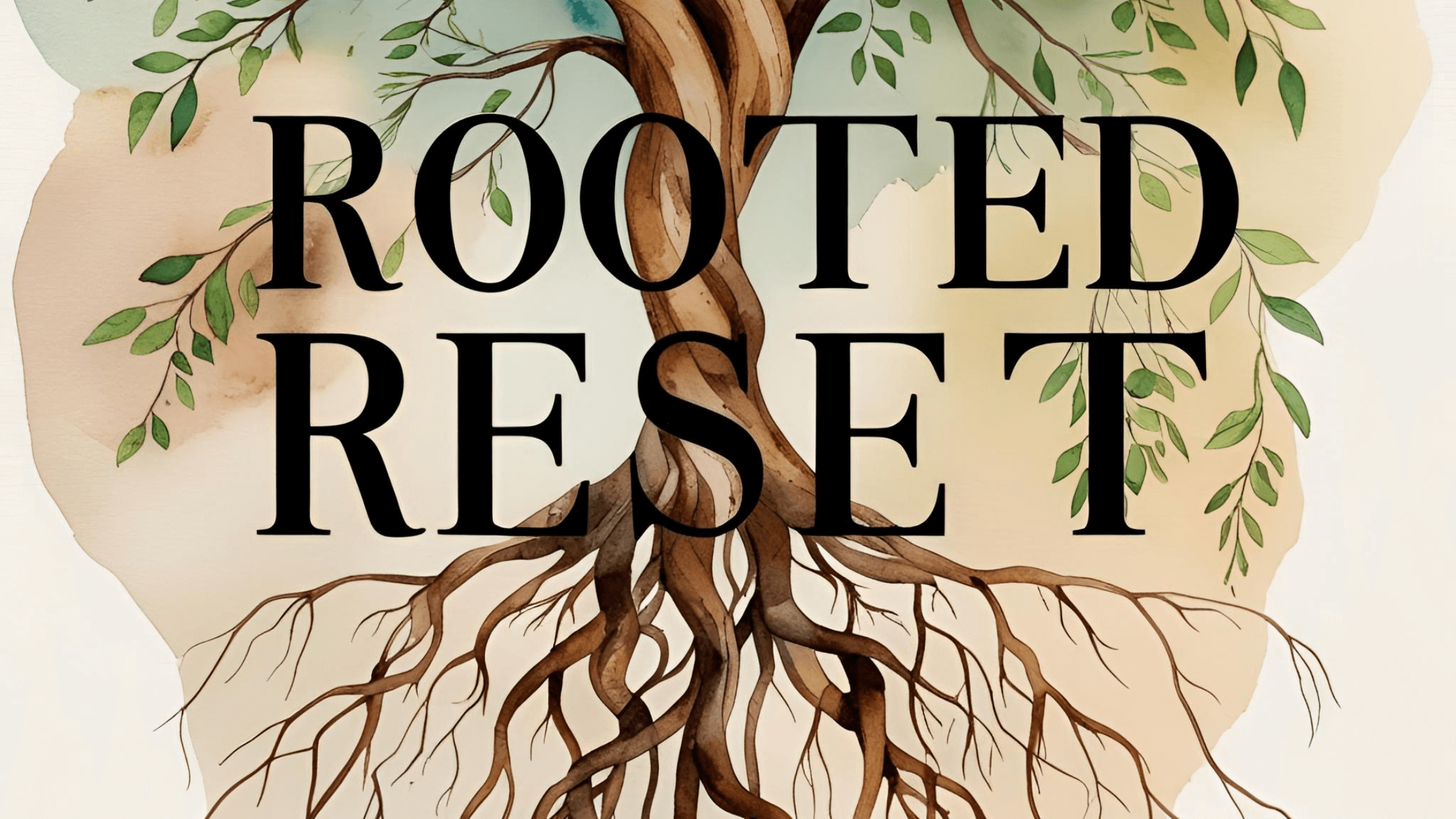





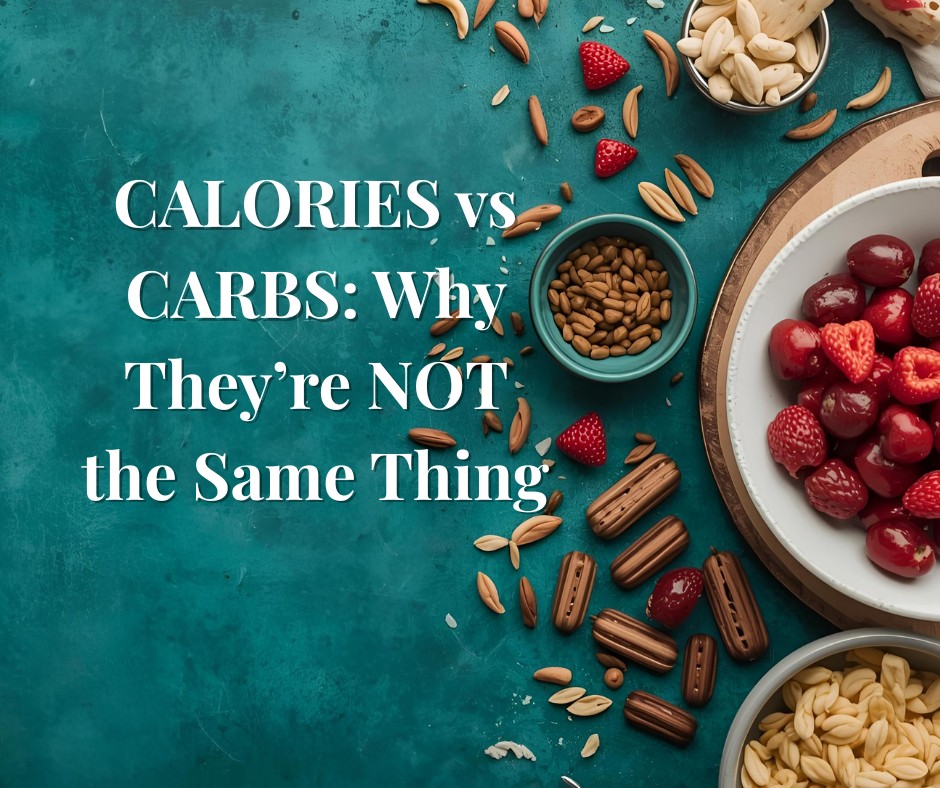


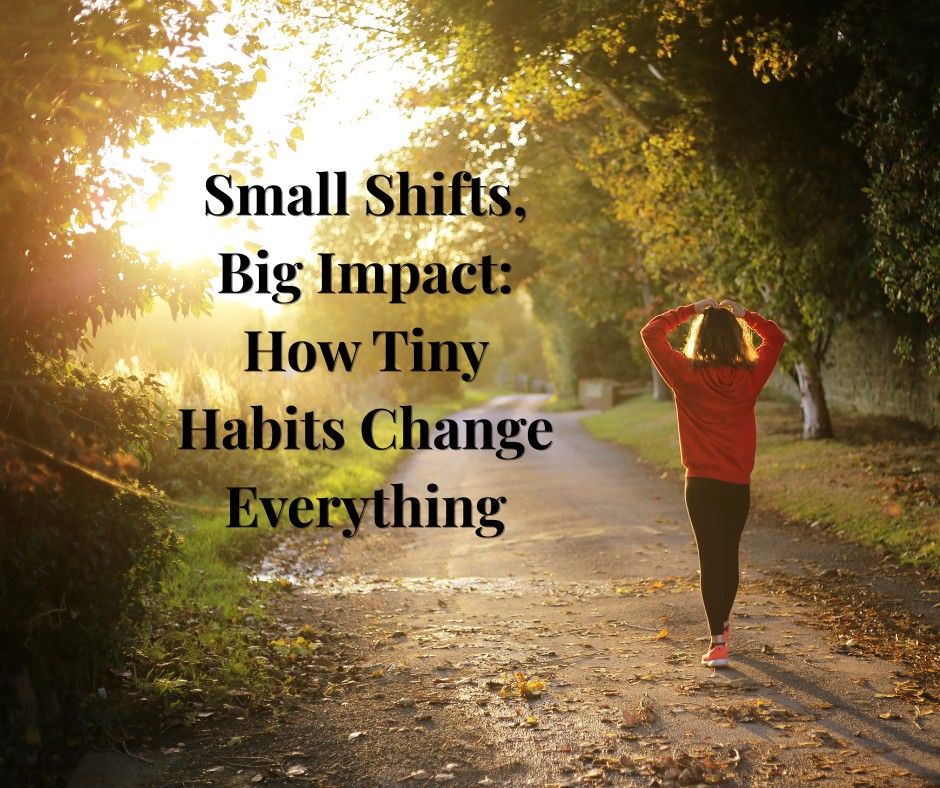
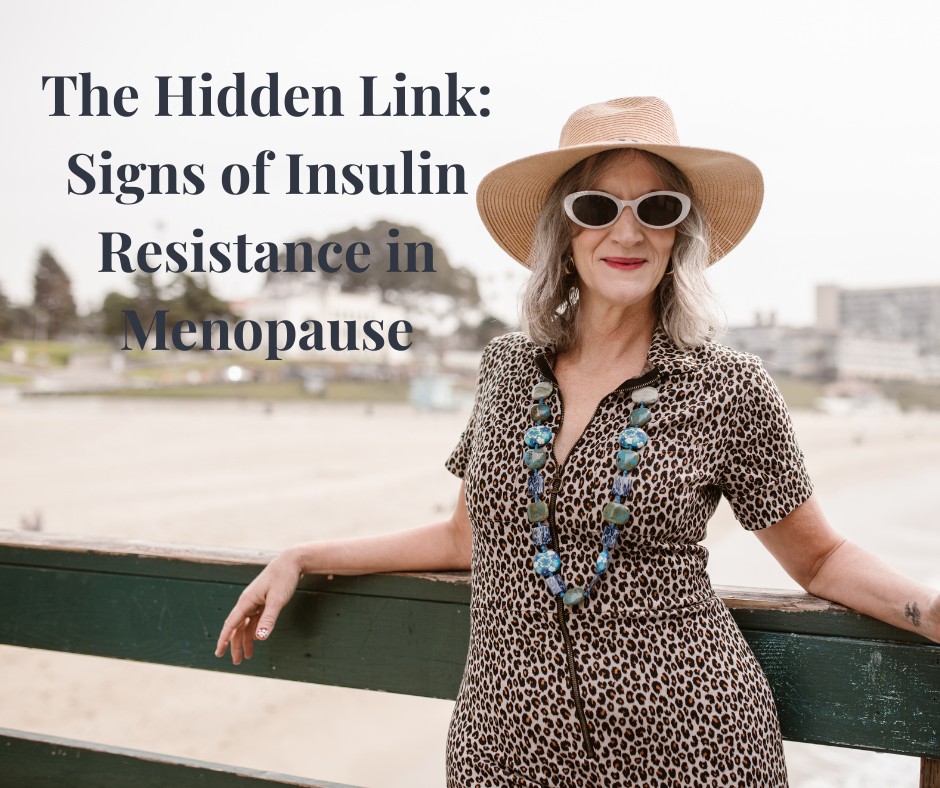
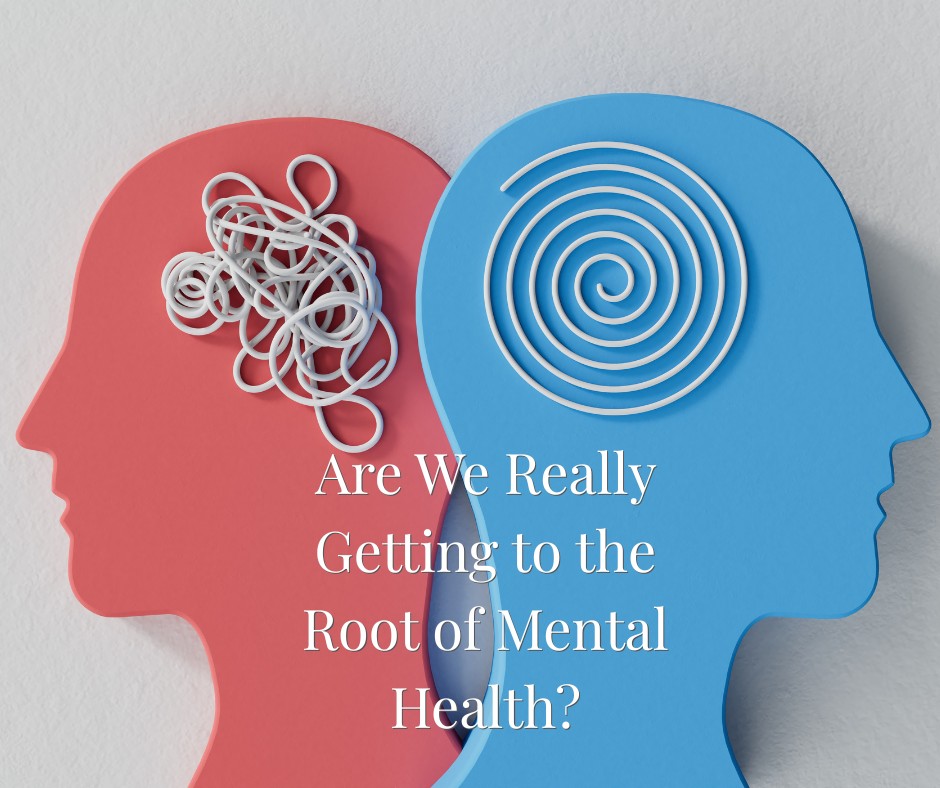









0 Comments